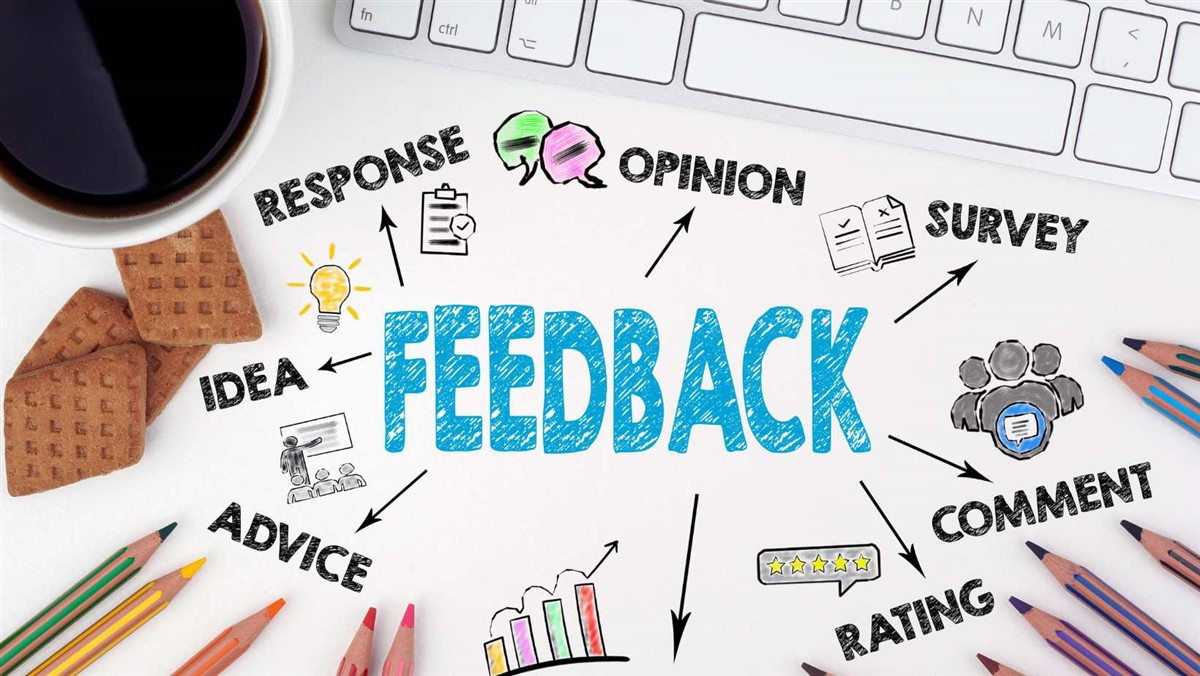How Meaningful Feedback Drives Performance
A Practical Approach for HR and Organization Leaders
 Every employee has experienced feedback famine – that deafening silence from their managers and peers. This leaves them uncertain of the direction they’re supposed to take, or whether the direction they have taken is effective. Maybe they’re unsure of the quality of their work, and if there are ways to improve their performance. And then the yearly performance evaluation comes along, and they’re buried in “should’ves and could’ves”.
Every employee has experienced feedback famine – that deafening silence from their managers and peers. This leaves them uncertain of the direction they’re supposed to take, or whether the direction they have taken is effective. Maybe they’re unsure of the quality of their work, and if there are ways to improve their performance. And then the yearly performance evaluation comes along, and they’re buried in “should’ves and could’ves”.
That’s where meaningful feedback comes in. It might be a quick note from a manager or a thoughtful conversation with a teammate. It could be feedback in the moment, or after turning in a project. It might be an engagement survey, 360 degree feedback survey, customer survey, or a pulse survey. It’s key to know that the right feedback can motivate, build confidence, and drive real growth. And, it can help your staff see what they’re capable of.
The Benefits of an Engagement Survey: How can anonymous employee feedback be helpful?
Two tried-and-true feedback tools are the employee engagement survey and 360 feedback survey. These anonymous feedback platforms can be a game-changer in the workplace. They offer employees a safe space to express their thoughts without fear of judgement or retaliation.
HR Morning writes that 74% of employees would be more honest in their feedback if they knew a survey was truly anonymous. Anonymous feedback can foster a work environment in which employees feel heard and valued. This, of course, is only as long as senior leaders and management take actions based on survey feedback.
How can observation help improve employee engagement?
In an act-first-think-later culture, where everything feels rushed, there’s power in the pause. Observation is often overlooked, when, in fact, it can be crucial for leaders to observe their staff, not only the output of their teams but also their behavior, collaboration, and well-being. This can help leaders gain valuable insights. These insights can lead to making meaningful connections within the team and necessary improvements.
Don’t confuse observation with micromanagement! (We don’t want to go down that rabbit hole). Observation is about being present and attuned to the team’s needs, achievements, and environment. When leaders observe, they can provide timely feedback (we’ll get to that next), recognition (which is a key piece of employee engagement), and address challenges quickly and proactively (without waiting for things to fester then boil over). These all contribute to a more engaged and committed workforce.
What is real-time employee feedback?
You don’t have to wait for an annual survey or anonymous suggestion box. This also doesn’t mean that managers and organization leaders should shout in a bullhorn, pointing out flaws and errors.
Real-time employee feedback is the practice of providing immediate, ongoing input to your staff about their performance, behavior, and tasks as they occur. It creates a dynamic, learning workplace culture where feedback is expected, welcomed, and acted upon. It’s part of your organization’s daily interactions. And, most importantly, it provides employees with critical information to make timely adjustments, improvements, and/or receive recognition for their work.
How does customer feedback drive employee engagement?
Connect your employees to the user. When employees receive feedback from customers, whether through surveys or watching customer interactions with the products, they can better understand how their work impacts customers. This gives them purpose, connecting staff to the organization’s mission.
Consider integrating customer feedback into performance evaluations and development plans. When employees see the direct impact of their work, this can increase their motivation and alignment with organization goals.
Meaningful feedback isn't just going down a checklist of what's right and what's wrong. It's about helping your team develop their talent. Surveys can provide them with ways to be seen and heard. And, ultimately, you'll build a culture of trust, respect, all the while increasing performance.
